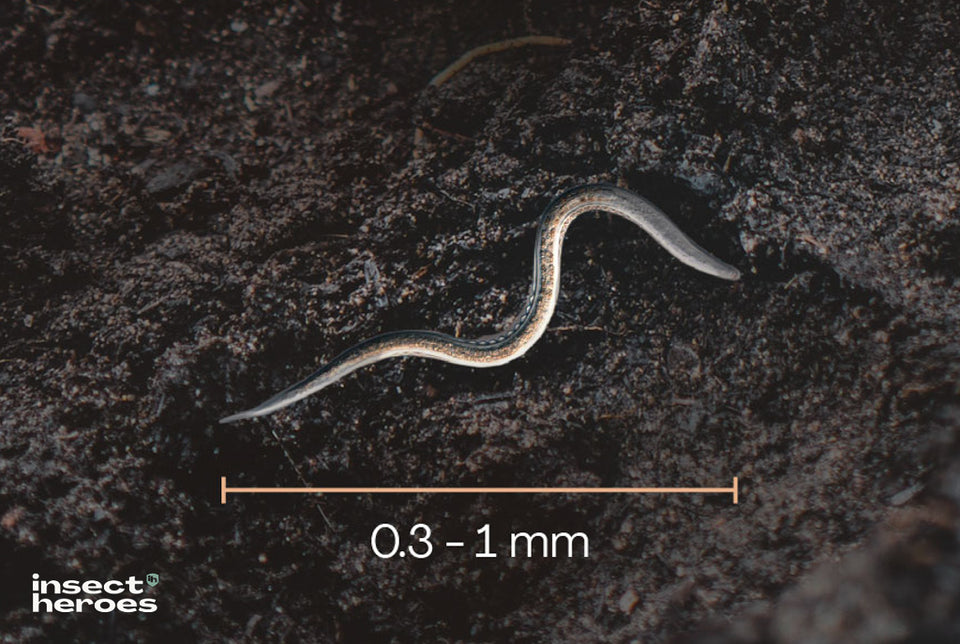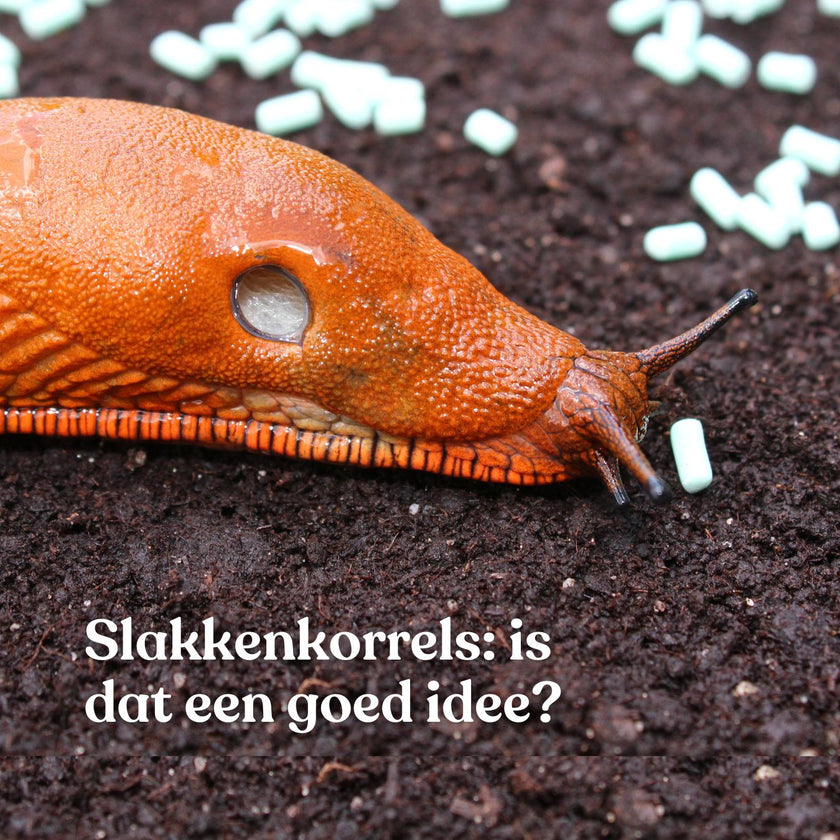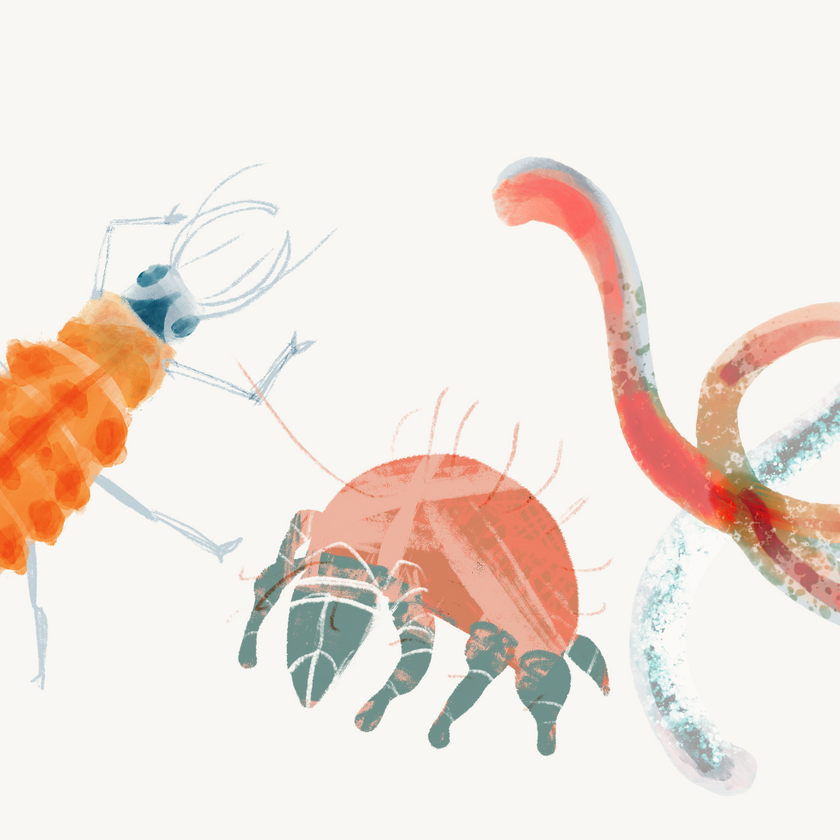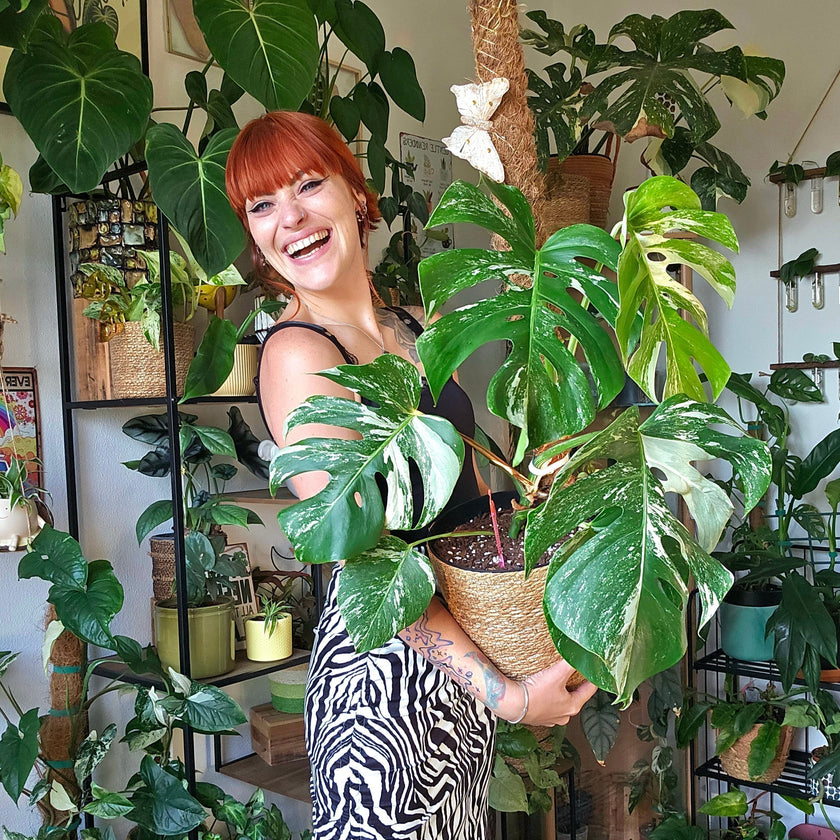Nematodes are used against all kinds of pests such as mourning flies, vine beetles, grubs and much more. But what exactly are nematodes? In this blog we explore the diversity of nematodes, their appearance and the impact they make on their environment.
What are nematodes?
Nematodes, nematodes or roundworms are part of the phylum Nematoda within the animal kingdom. These creatures are so small that many new species can still be discovered within this tribe. Currently, approximately 25,000 species have been described by science, but estimates for the total number of species vary between 40,000 and 100 million! 
What do nematodes look like?
The word 'nematode' has its origins in Latin, where 'nemat' means thread, and 'ode' is a suffix meaning 'like'. Indeed, filamentous is exactly how you would describe these small and worm-like creatures. Nematodes are up to 1 millimeter in size and therefore cannot be seen with the naked eye, but they can be seen with a microscope.
What types of nematodes are there?
With all these different types of nematodes also come countless strategies of survival. Below we explain two strategies.
Free-living nematodes
Many nematodes live freely in the soil and do not necessarily require a specific animal or plant to survive. These so-called free-living nematodes feed on fungi and bacteria that they encounter in the soil. You won't find all nematodes everywhere; on the contrary, each species has adapted to its own environment and food sources. It's amazing where nematodes can settle. They have been discovered in deserts, polar regions and even at depths of more than 3 kilometers in the ocean. These creatures have adapted to almost every habitat on earth, a fascinating fact.Parasitizing nematodes
In addition to free-living nematodes, there are also parasitic nematodes, which is particularly interesting for plant lovers. These nematodes parasitize, among other things, insects that pose a threat to plants. They are called entomopathogenic nematodes and interact with bacteria that live in them. This collaboration is beneficial for both parties. The nematode can enter an insect larva through the mouth, anus or air holes, releasing the bacteria. This bacteria multiplies and causes the death of the insect. The nematode then feeds on the dead insect from the inside. The released energy is used to reproduce quickly, which also allows the bacteria to spread to new nematodes.
How did we grow the best nematodes for you?
To find the right nematodes that protect your plants, shrubs or lawn, we looked in the soil, exactly where the plants grow. We found several species that occur worldwide, even in the Netherlands. We chose nematodes that are flexible and can host multiple insect species, such as Felti , Carpo , Phora and Phasma . With these nematodes we protect your greenery against insect pests, together with nature!How wonderful to discover about nature in this way and to work with her. Have you ever released nematodes into the garden or houseplants?

















































